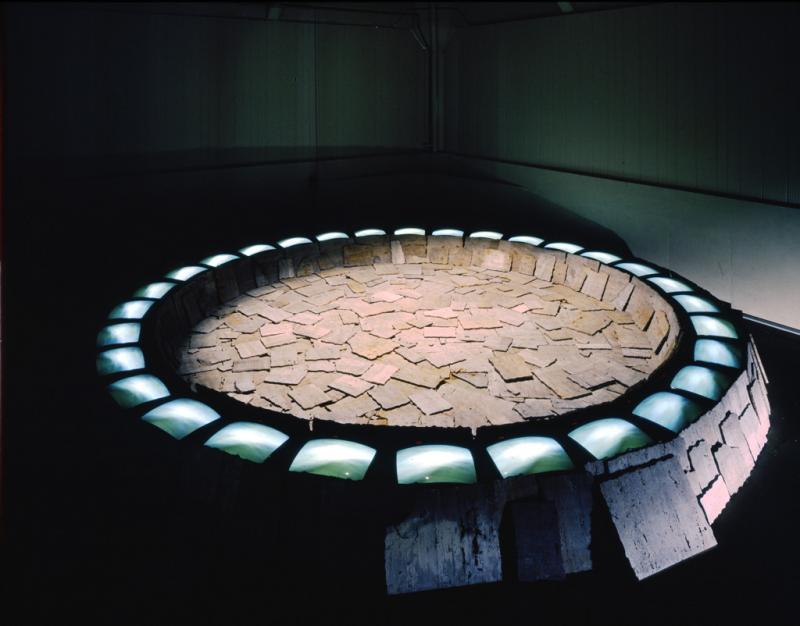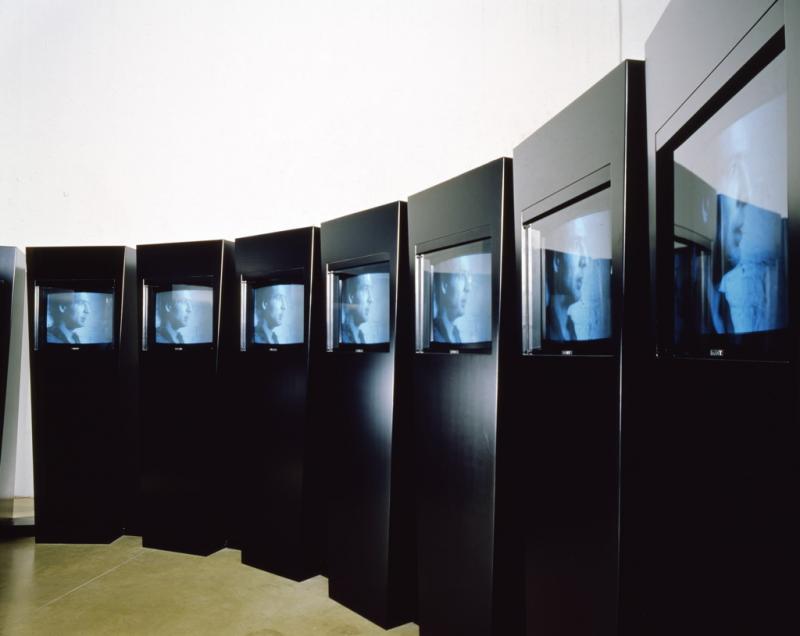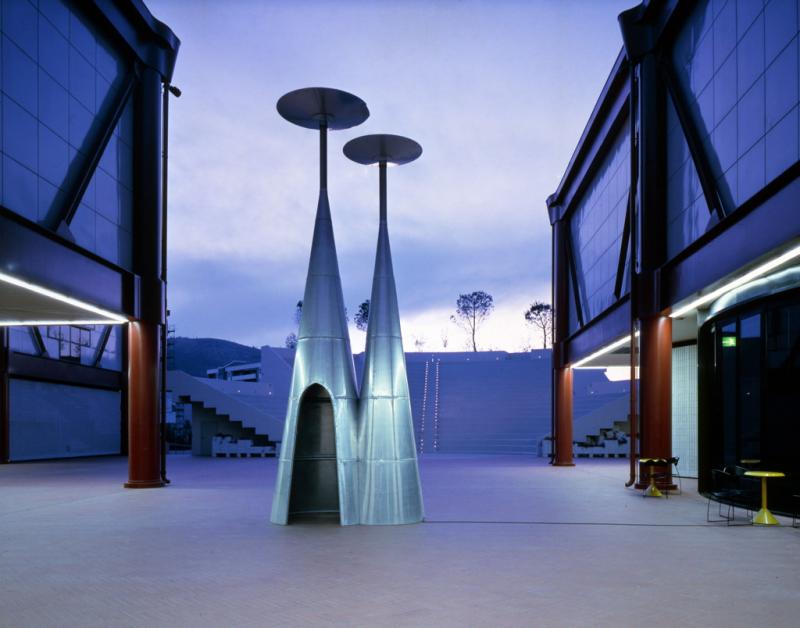Europe Now
June 26—October 20, 1988
Curated by Armon Barzel in collaboration with Giorgio Maragliano
Europe now is not about a site, it’s about a situation within which art is created. It endeavors to present that art as the expression of a given time: the present, considered as a distinct socio-cultural reality, as the uppermost layer in the sedimentation of history and memory.
Europe is the origin of all Western culture, for even the developments that have taken place beyond its borders are European. Alexander the Great’s triumphant march toward India, the progress of Scandinavian immigrant families across the North America wilderness, and the torches of Cortez amid the Inca shrines, are all emanations of Europe. Europe is a cultural crucible in which non-European influences – imported or conquered – are melted together to form a new alloy. And they are crucial even dealing with a contemporary exhibition like Europe Now, given that many European artists, despite the diversity of recent artistic languages, deal directly with questions of cultural heritage. Their need to do so is existential and introspective; as Edgar Morin writes, “our intention is not so much to conceive of Europe past, as to conceive of Europe present from the perspective of its past; and as Paschalis Kitromilides suggests, “grasping its multiple meanings… is an integral part of the process of understanding a society.
For many European artists, within the core of a modern sensibility, cultural heritage is a crucial source of creative energy. The rebuilding of the past from relics and imagination loads it with content which is not reality, but is its only true content: it is the past transplanted into the present. In our search for identity, we follow the artist’s imaginative search along and through the stratification of history. To clarify from the outset all possible observations regarding the attachment of recent European, and mainly Italian, artists to the cultural heritage of the past, we shall have to refer to the belief that any significant art is the result of a given socio-cultural and political situation at given point in time. We must do so even if it means running the risk of precipitating into ”the pitfalls of a simple-minded structural determinism”, and even though the results of such an attitude, when adopted by nations and their cultures, have brought some of the most disastrous event in history. As Pier Paolo Pasolini wrote, “it is better to be an enemy of people than an enemy reality”.
Centro per l'arte contemporanea Luigi Pecci
Viale della Repubblica, 277, 59100 Prato PO, Italia
Produced by
Centro per l'Arte contemporanea Luigi Pecci
Supported by
European Economic Community
Regione Toscana
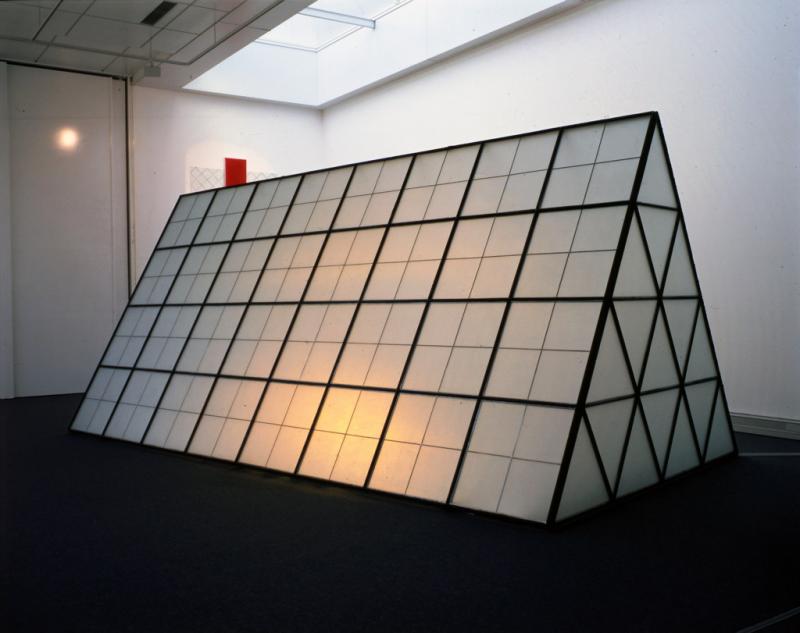
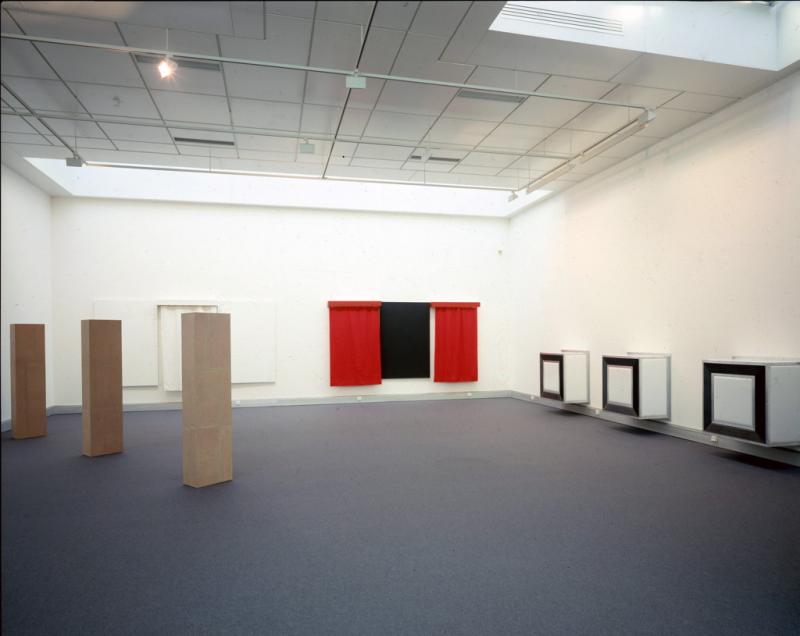
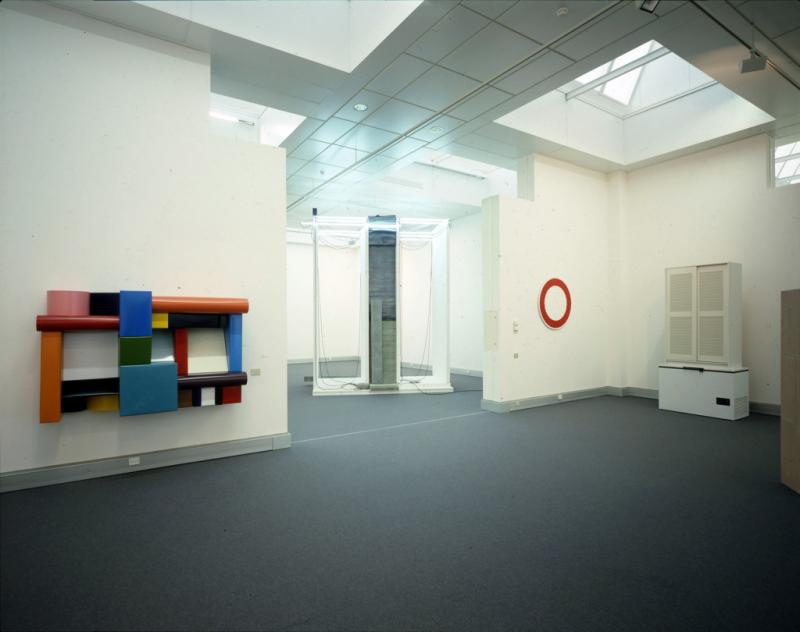


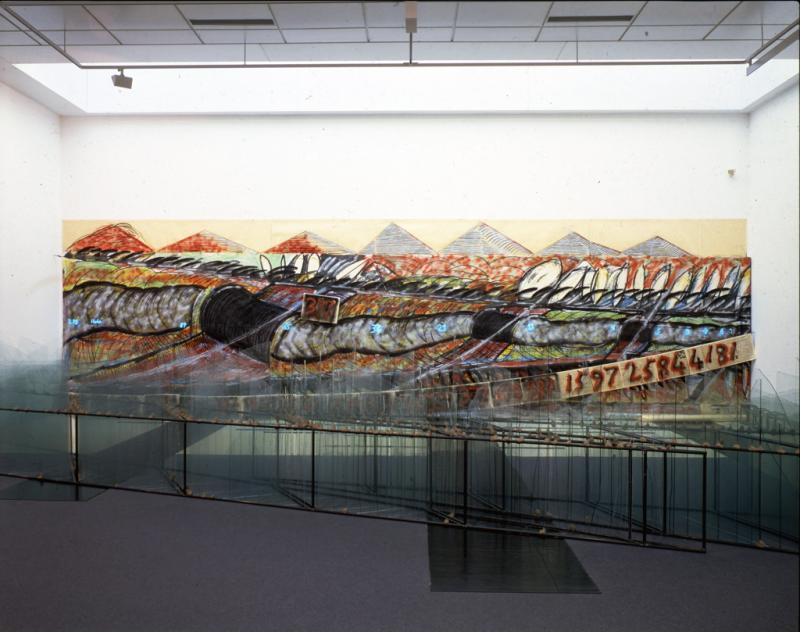
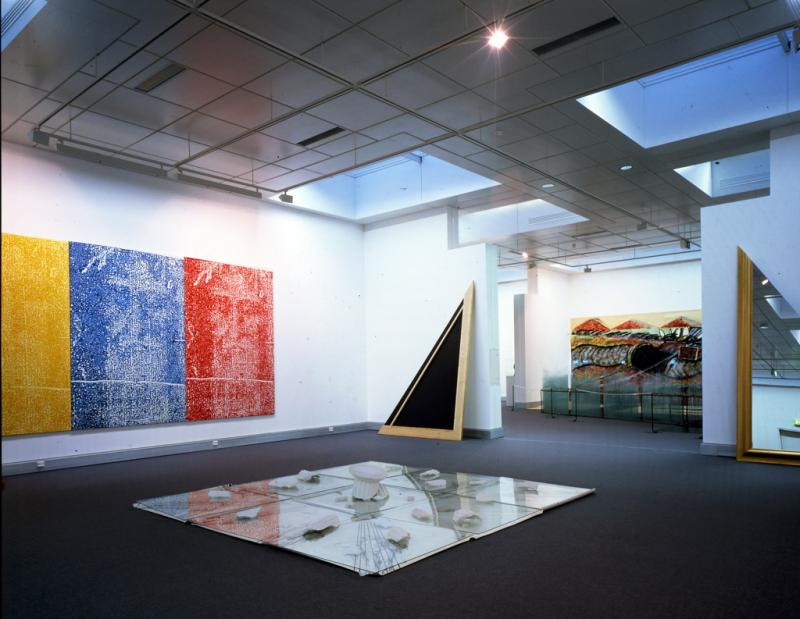
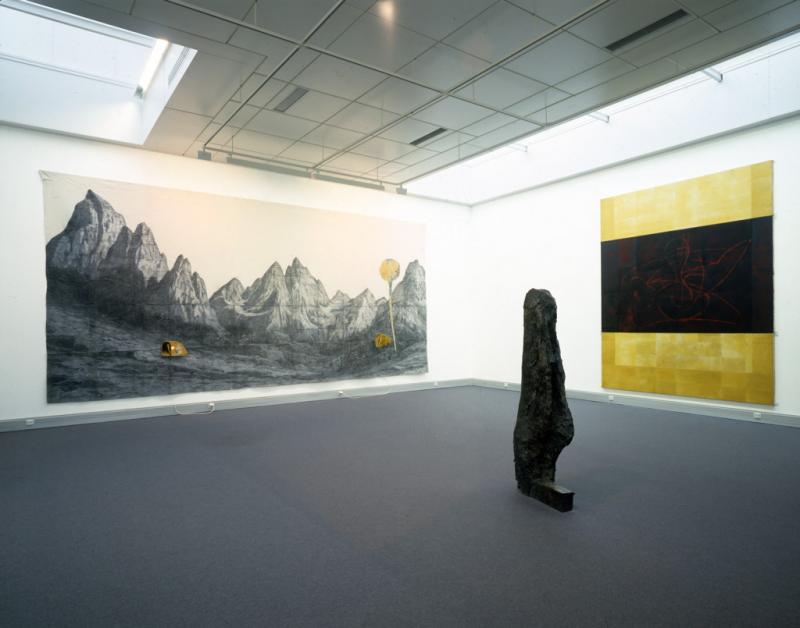
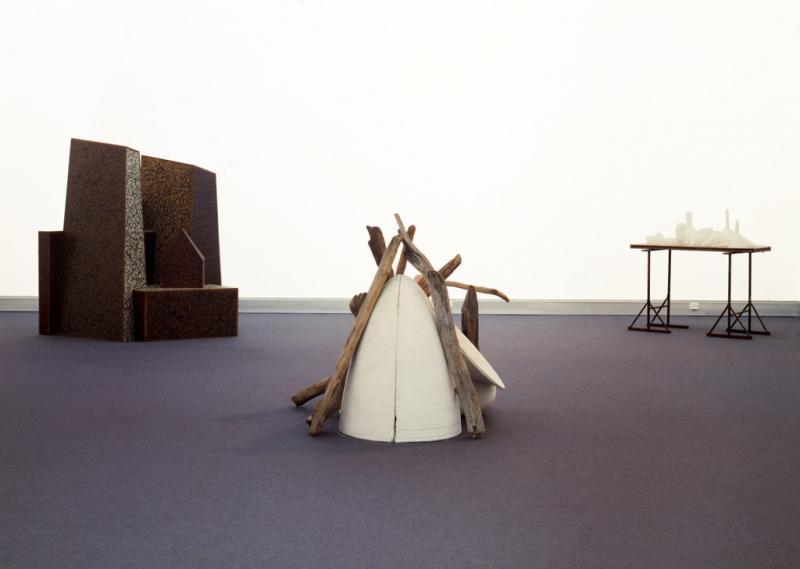
.jpg)
